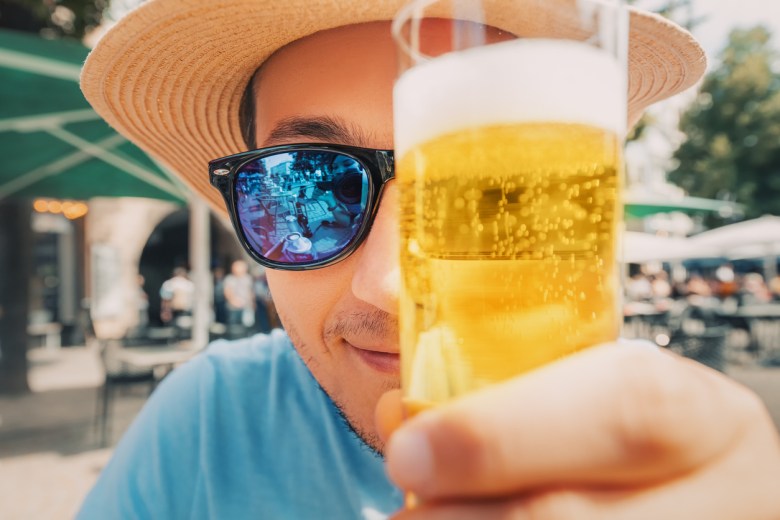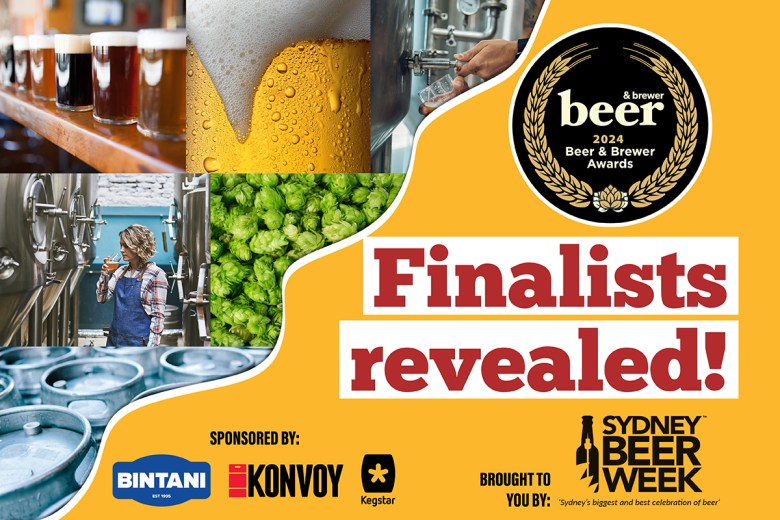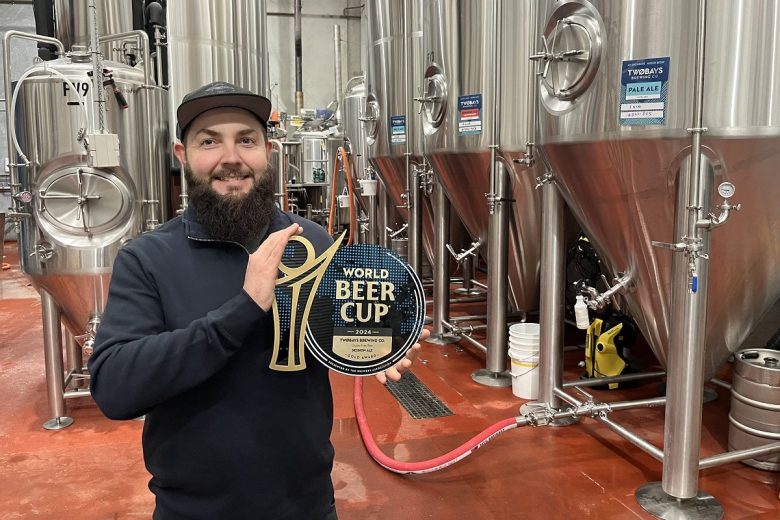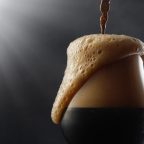This week I take a look at mash profiles in BeerSmith and how you can select the right one to
Grain
This week I take an in-depth look at my Witbier recipe and some of the design decisions made in designing
This week I take a look at spontaneous fermentation for home brewers and what you might expect from using wild
This week I take a look at when you should apply different mash techniques to achieve a particular style or
Brewers are looking at how AI can improve efficiency and the overall brewing experience. But it's not yet poised to replace humans.
The post How AI Is Changing Beer appeared first on CraftBeer.com.
This week I take a look at the practice of using multiple equipment profiles for your brewing equipment in BeerSmith.
This week I cover the formal definition of an International Bitterness Unit (IBU) widely used in beer recipe design, but
This week I take on another beer recipe design case study of the classic Irish Stout style. The Irish Stout
 Tali Warnock from the South Australian Brewing Club shares the recipe to her Scottish Light.
Tali Warnock from the South Australian Brewing Club shares the recipe to her Scottish Light.  Tali Warnock from the South Australian Brewing Club shares the recipe to her Scottish Light.
Tali Warnock from the South Australian Brewing Club shares the recipe to her Scottish Light.  Tali Warnock from the South Australian Brewing Club shares the recipe to her Scottish Light.
Tali Warnock from the South Australian Brewing Club shares the recipe to her Scottish Light.  Tali Warnock from the South Australian Brewing Club shares the recipe to her Scottish Light.
Tali Warnock from the South Australian Brewing Club shares the recipe to her Scottish Light. At Iowa's rapidly expanding Big Grove Brewery, the goal isn’t to make money today, but to make people come back tomorrow.
The post Big Grove’s Big Plans: Give Iowa a Try appeared first on CraftBeer.com.
 One of the classic styles, and one of the most fabulous beers steeped in history, Kölsch is often underrated and overlooked.
One of the classic styles, and one of the most fabulous beers steeped in history, Kölsch is often underrated and overlooked.  John Keske, President of Melbourne Brewers, has been kind enough to share this mouthwatering recipe of his award winning Kölsch.
John Keske, President of Melbourne Brewers, has been kind enough to share this mouthwatering recipe of his award winning Kölsch.  John Keske, President of Melbourne Brewers, has been kind enough to share this mouthwatering recipe of his award winning Kölsch.
John Keske, President of Melbourne Brewers, has been kind enough to share this mouthwatering recipe of his award winning Kölsch. This week I take a look at brewing using malt extract and some of the advantages of going back to
 John Palmer guides you through brewing this delightful beer, that is widely praised but far too often poorly replicated.
John Palmer guides you through brewing this delightful beer, that is widely praised but far too often poorly replicated.  John Palmer guides you through brewing this delightful beer, that is widely praised but far too often poorly replicated.
John Palmer guides you through brewing this delightful beer, that is widely praised but far too often poorly replicated. This week I take a look at how you can use percentages to formulate your grain bill for more efficient
 Ostra Distillers is a long established producer of high end Brandy, Neutral Grain Alcohol, Australian Grain Whisky and Single Malt. Servicing the major wineries, beverage manufacturers and retailers of Australia […]
Ostra Distillers is a long established producer of high end Brandy, Neutral Grain Alcohol, Australian Grain Whisky and Single Malt. Servicing the major wineries, beverage manufacturers and retailers of Australia […] This week I take a look at some of the new no-boil beer kits that have entered the market and
 The votes have been counted and we are delighted to reveal the finalists for the 2024 Beer & Brewer Awards.
The votes have been counted and we are delighted to reveal the finalists for the 2024 Beer & Brewer Awards. Professional brewer Danny Monnot joins me this week to discuss Pale Ales and his new project to make home brewing
The fourth-largest producer of hops in the U.S., Michigan has become a unique test subject for the future of American hop production—and craft beer itself.
The post The New Nobles: Michigan Hops appeared first on CraftBeer.com.
 Future XPA uses climate-resistant hops and grains to investigate ways that beer can adapt to our changing climate.
Future XPA uses climate-resistant hops and grains to investigate ways that beer can adapt to our changing climate. This week I take a look at some popular methods for making low alcohol beer at home. Commercial brewers use
 This week’s brewer spotlight highlights Kristian Martin, Head Brewer at dedicated gluten-free brewery Two Bays Brewing Co.
This week’s brewer spotlight highlights Kristian Martin, Head Brewer at dedicated gluten-free brewery Two Bays Brewing Co.  Scott Janish joins me this week to discuss mash hopping and steps he takes to control oxygen and enhance long term beer stability. Subscribe on iTunes to Audio version or Video version or Spotify or Google Play Download the MP3 File– Right Click and Save As to download this mp3 file. Your browser does not […]
Scott Janish joins me this week to discuss mash hopping and steps he takes to control oxygen and enhance long term beer stability. Subscribe on iTunes to Audio version or Video version or Spotify or Google Play Download the MP3 File– Right Click and Save As to download this mp3 file. Your browser does not […]  This week I take a look at the brewing of very high gravity beers to include styles like Barley Wines and extreme Imperial Stouts. These beers require somewhat special handling as it can be hard to achieve the very high starting gravity and a good fermentation, and in addition they often require extensive aging. Very […]
This week I take a look at the brewing of very high gravity beers to include styles like Barley Wines and extreme Imperial Stouts. These beers require somewhat special handling as it can be hard to achieve the very high starting gravity and a good fermentation, and in addition they often require extensive aging. Very […] - 1
- 2
- 3
- …
- 7
- Next Page »